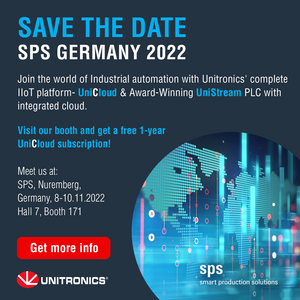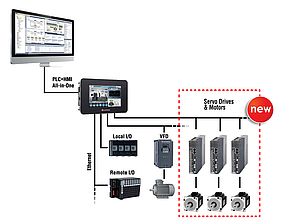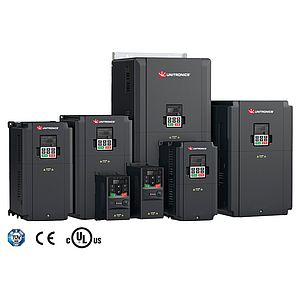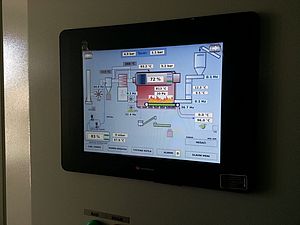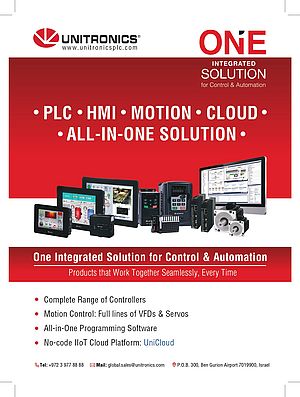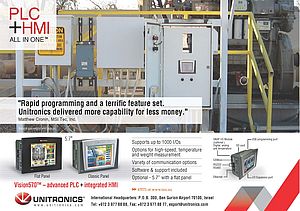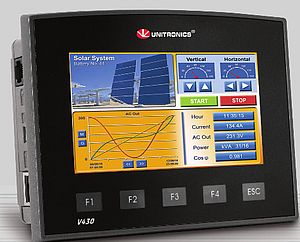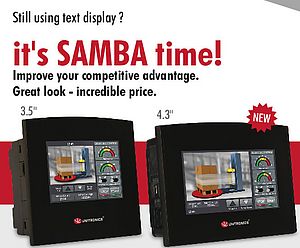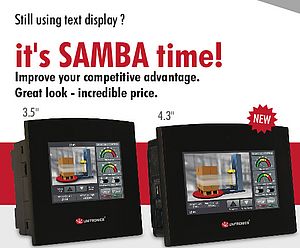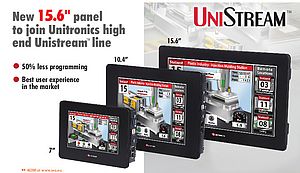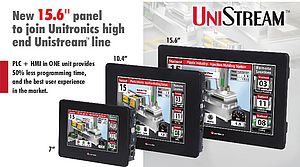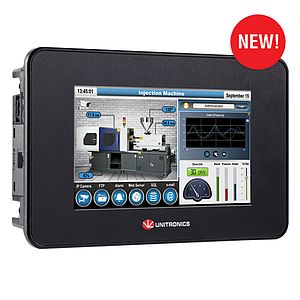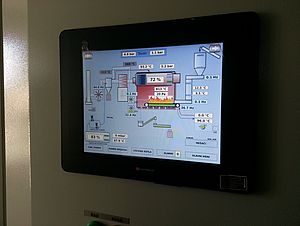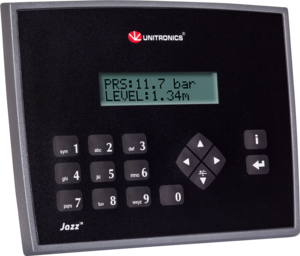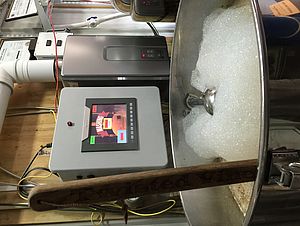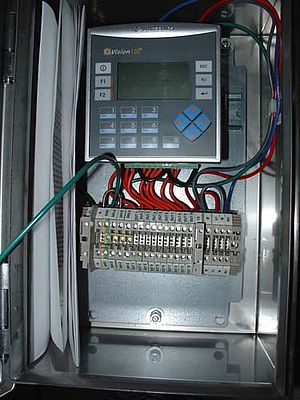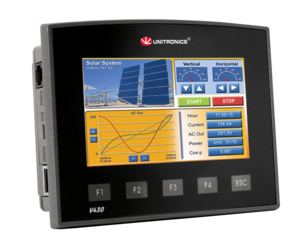Anric Technologies was founded in 2014 by researchers from Harvard University. Located in Massachusetts, Anric designs and produces compact desktop Atomic Layer Deposition (ALD) devices. Their ALD devices are used by universities, start-ups, and companies that are exploring ALD, or that are engaging in pilot line production or specialized manufacturing.
Anric’s challenge was to develop a simple to use, trouble-free control system for their ALD devices which create the atomic level coatings required by biodevices, quantum electron devices, radiation sensors, MEMS (microelectromechanical systems).
When Anric began developing a new series, they wanted to eliminate the need for PC-driven hardware which requires driver updates. This consideration, coupled with broad functional requirements led Anric to choose a PLC solution.
Ultimately, they selected a Unitronics UniStream® 7" Built-in HMI +PLC controller. This choice enabled Anric to develop a complete control solution for their complex, compact ALD desktop device. ALD is a thin film deposition technique that deposits one monolayer at a time on, for example, nanotubes. Each layer is of uniform thickness and is conformal to the surface contours of 3-dimensional objects, including the backside and in pores or trenches to form pinhole-free and uniform films with atomic precision. ALD films can be deposited at a range of temperatures from room temperature up to 400°C.
This highly complex process requires material dosing, multiple temperature zones, pressure control, valve, venting, and pumping control. Anric was able to efficiently program these control tasks with UniLogic, the All-in-One software environment for UniStream, as well as design the user HMI application.
Results
The power of UniStream’s compact design, combining extensive PLC functionality with a high-quality HMI touchscreen and an I/O configuration that matched the application requirements, provided all of the functionality required by the Anric development team—with a single, small-footprint device.
Control and Automation
The UniStream PLC + HMI:
- Controls the introduction of gaseous reactants (precursors) into the reaction chamber. Pulsed into the chamber, they saturate the object to form the desired deposition material via chemical surface reactions.
- Pumps away the excess gas when saturation is reached.
- Monitors 7 different temperature zones, including the dose lines, manifold, 2 zones for the chamber, and 3 precursor bottles.
- Controls 10 different valves, and all venting and pumping action required for the process.
- Controls the MFC (Mass Flow Controller, connected via RS485), that purges the chamber, and displays the pressure readout changes when the SCCM (standard cubic centimeters per minute) changes
Recipes
The ability to easily create customized Recipes within UniLogic to standardize deposition of different materials was a requirement—as was the need for a clear, customizable HMI panel both to enter recipe parameters and to view real-time process parameters.
In the finished application, users can create, save, and run custom recipes. For example, in the custom recipe screen, they can enter the desired temperatures for each chamber zone and the pulse times for the valves.
Once such a recipe is created, any user can select the recipe number, select the precursor they would like to use, and run that recipe. This recipe is now saved with its parameters.
Trends
Trend graphs easily designed in UniLogic and displayed on UniStream’s elegant HMI screen enable users to monitor the current temperature and pressure of the system.
Each temperature zone is indicated by a different color line on the graph, while the pressure chart shows pressure spikes while a recipe is running.
Benefits
Anric found that UniStream’s PLC + HMI design was a clear advantage for their compact devices, simple to use and simple to program. All-In-One UniLogic software–provided free of charge by Unitronics—enabled them to easily develop the control program, as well as the HMI screens for user Recipes and Trend graph displays. They also appreciated that Unitronics tech support, when required, is second to none—staff that is easy to work with, knowledgeable and very friendly.
By using UniStream, Anric successfully produced a simple to use, trouble-free device that is sold world-wide, throughout Europe, Japan, Korea, Singapore, China.
The Anric team reported that The UniStream PLC + HMI eliminates the need for PC driven hardware and the communication issues that typically arise from the constant update of drivers which leads to more software testing and the higher risk of unexpected I/O communication failures. The UniStream PLC + HMI has led to trouble-free use in the field.








